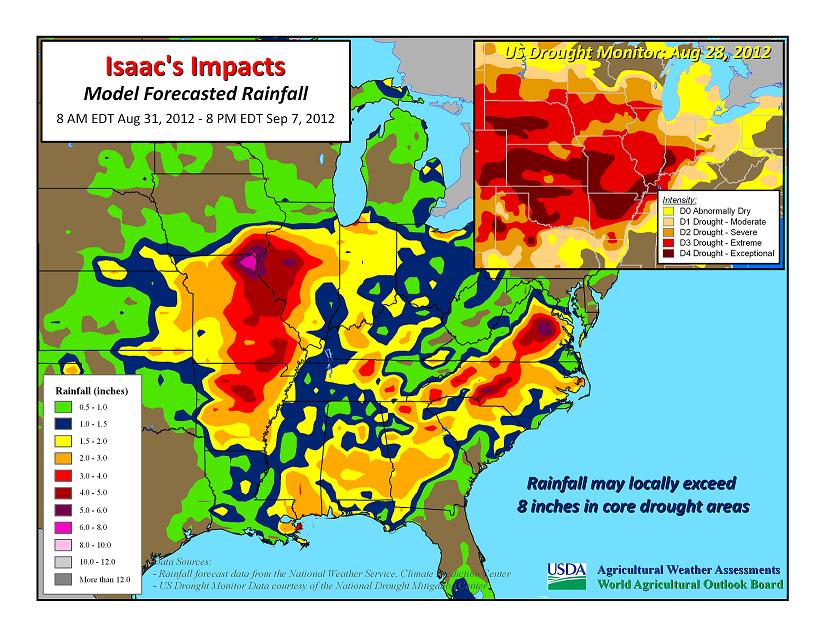First, I still use GME Group website to get some basic information about future market, I can get different kinds of charts, graphs and data in this website. Also, it always provides the most up to date prices of the crops, let me pay close attention to price change.
Second, I find this website to get some business information, many factors lead to the price change, so I think I should collect more useful information to analysis.
http://www.chicagotribune.com/business/
Third, I still use business recorder website to help me to decision making. I can get America commodities information there.
Also, I know some useful website from my classmate’s blog, such as :
http://www.chicagotribune.com/business/(This is a website with up-to-date and comprehensive news on agricultural commodities.),
http://www.agrimoney.com/ ( I can get news about commodity, markets, some data in this website)



